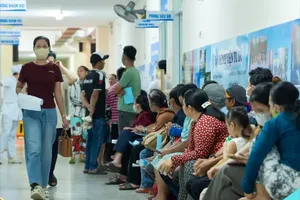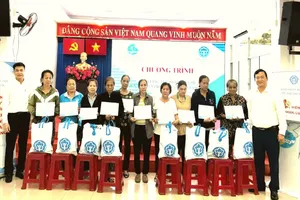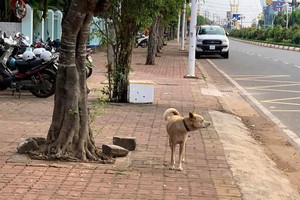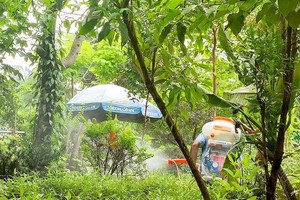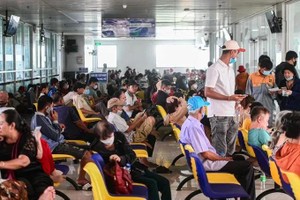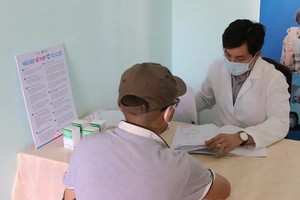The Ministry of Health has decided to destroy over 9.7 million expired capsules of Oseltamivir, better known as Tamiflu, worth VND280 billion (US$13,4 million).
The ministry claims that it is not feasible to draw out the Oseltamivir phosphate from the expired drugs since the Stada Vietnam Company that was authorized to work with the Indian producer of Oseltamivir phosphate, said that only 30 percent could be drawn out and the recycled drug was not safe to reuse.
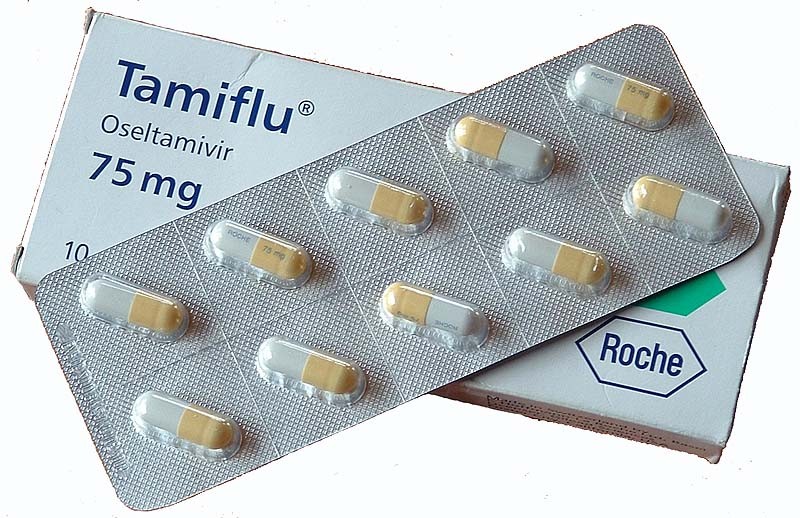
Based on the drug manufacturer’s assessment the Ministry took the decision to destroy over 9.7 million expired antiviral drugs that were meant to fight the bird flu epidemic.
The drugs were ordered and purchased as part of a project to build up a reserve of 20 million Tamiflu capsules to fight the avian flu epidemic in Vietnam in the end of 2005, under orders from the government.
The ministry then selected four pharmaceutical companies, namely Phu Yen Medical Equipment and Pharmaceutical (Pymepharco), Cuu Long Pharmaceutical Joint Stock Corporation (Pharimexco), Imexpharm Pharmaceutical Joint Stock Company and Stada Vietnam Company to make the Oseltamivir phosphate drug for stockpiling in the event of an epidemic.
After stockpiling 20 million anti-viral drugs, government inspectors accused the ministry and domestic drug manufacturers of massive wastage.
Government inspectors charged the ministry of spending hundreds of billions of dong for creating a reserve of antiviral drugs to fight the bird flu epidemic in 2005-2006 while only 91 cases of influenza A (H5N1) were recorded between 2003 and 2005.
Despite this number, in November 2005, the ministry proposed the stocking of 30 million capsules of Tamiflu by June 30, 2006. Because the reserve was sufficient for three million people, the proposal was deemed excessive by the inspectors.
Inspectors asked the ministry to acknowledge their blunder in writing as well as impose a penalty on those individuals responsible for creating this incorrect drug reserve.

